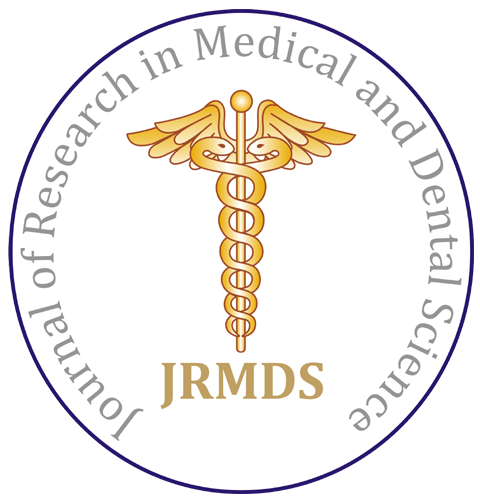Serum Lactic Acid as a Prognostic Marker in Clinical Medicine
Author(s): Praraj Jaiswal* and Sachin Agrawal
Abstract
Body tissues under stresses, such as hypoxia, inflammation, sepsis, and shock, trauma, and organ failure resort to anaerobic respiration under low oxygen availability. This prompts cells to resort to anaerobic respiration as a means of producing ATP. Lactic acid is one of the by-products of anaerobic respiration. It is an anti-inflammatory agent and inhibits formation of pro-inflammatory mediators such as interleukin 12 and TNF (Tumour Necrosis Factor) in tissues and increases formation of interleukin 10 (Anti-Inflammatory). Therefore, it can be postulated that an increase in lactic acid levels in the blood can indicate an increased level of inflammation in the body, since anti-inflammatory chemicals will be secreted in response to an increase in inflammatory mediators. A prognostic marker is a biochemical used to measure the progress of a disease.
Based on the above hypothesis, one can measure lactic acid levels in conditions such as, sepsis, myocardial infarction, trauma, diabetic ketoacidosis, malignancies etc. and use them as a prognostic marker to alter the course of treatment. This article aims to explore the role of lactic acid as a prognostic biomarker based on current literature, emphasizing on patients with cancer, with sepsis, and critically ill patients in Intensive Care Units (ICUs). Malignancy is an anabolic state causing high oxygen demand and larger numbers of tissues undergo anaerobic glycolysis, thus causing an increase in lactic acid levels. Sepsis causes the release of a high amount of inflammatory mediators which in turn raise the anti-inflammatory chemicals such as lactic acid.
